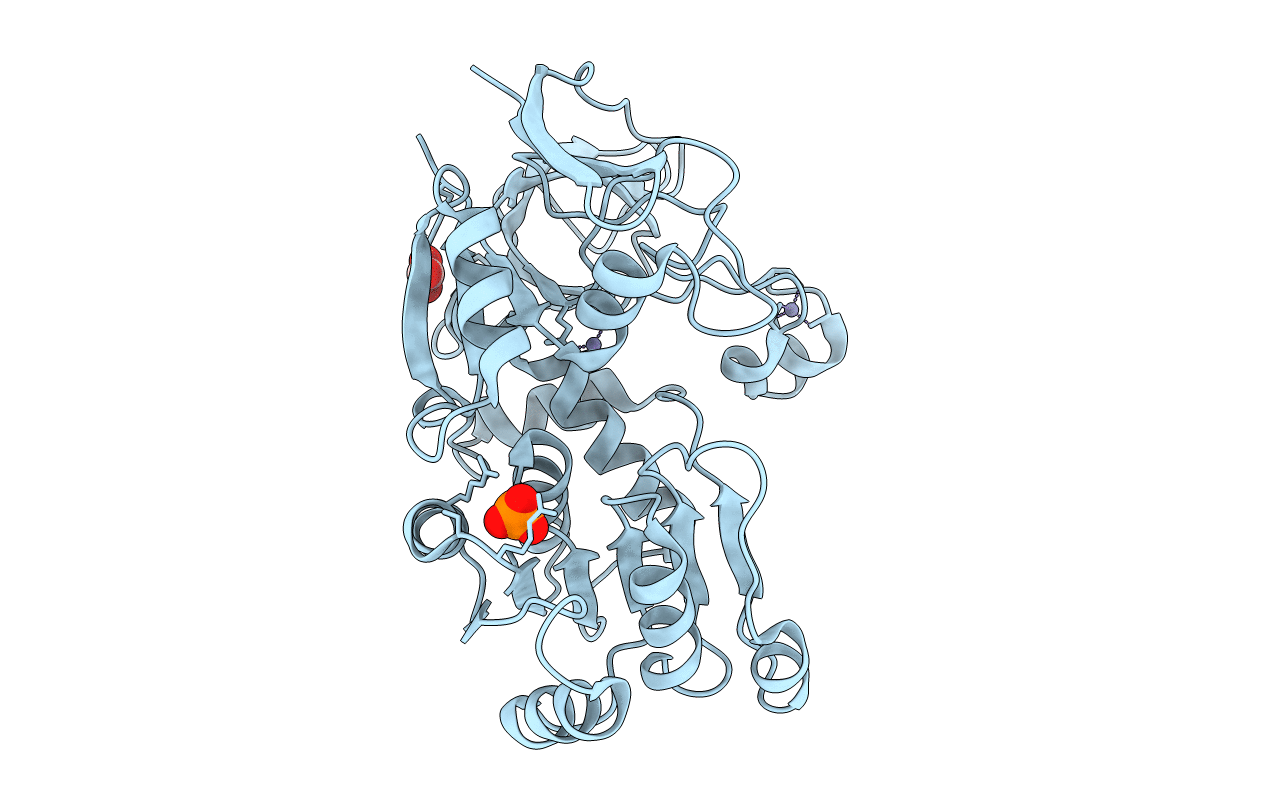
Deposition Date
2000-06-19
Release Date
2001-02-04
Last Version Date
2024-05-08
Entry Detail
PDB ID:
1E3J
Keywords:
Title:
Ketose reductase (sorbitol dehydrogenase) from silverleaf whitefly
Biological Source:
Source Organism:
BEMISIA ARGENTIFOLII (Taxon ID: 77855)
Host Organism:
Method Details:
Experimental Method:
Resolution:
2.30 Å
R-Value Free:
0.25
R-Value Work:
0.21
R-Value Observed:
0.21
Space Group:
I 2 2 2


